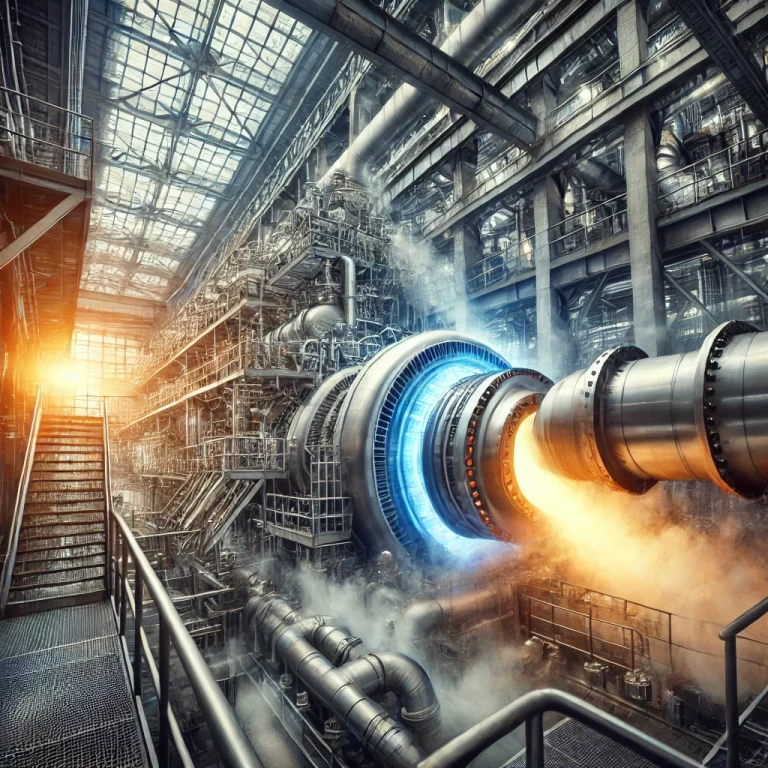Steam is widely used in industrial processes, and accurate flow measurement is critical to optimize energy use and ensure system performance. This article compares two common instruments for steam flow measurement: vortex flowmeters and orifice plate flowmeters. It provides a detailed analysis of their features, performance in different scenarios, and practical guidance for selection.
Types of Steam: Saturated and Superheated Steam
Steam exists in two primary forms:
Saturated Steam
Saturated steam occurs when liquid water and gaseous water reach equilibrium under a specific pressure. The temperature and pressure are directly correlated, with a fixed boiling point. In this state, steam contains the maximum possible water vapor content.Superheated Steam
Superheated steam is formed by heating saturated steam beyond its saturation temperature at the given pressure. For instance, at atmospheric pressure, water boils at 100°C to form saturated steam. Heating it further to 120°C converts it to superheated steam. Superheated steam has higher enthalpy and is relatively “drier,” containing less moisture than saturated steam.

Vortex Flowmeters
Principle of Operation
Vortex flowmeters operate on the principle of Kármán vortex shedding. As steam flows past a bluff body in the flowmeter, alternating vortices are shed downstream. The frequency of these vortices is proportional to the flow velocity, which is then used to calculate the steam flow rate.
Key Features
- Versatility: Suitable for both saturated and superheated steam.
- High Accuracy: Particularly effective when the steam’s density variation is accounted for.
- Low Pressure Loss: Generates minimal resistance to flow compared to orifice plates.
- Wide Measurement Range: Can handle varying flow rates effectively.
Considerations for Superheated Steam
For superheated steam, vortex flowmeters require precise input of density, which varies with temperature and pressure. This ensures accurate flow measurement despite the fluid’s dynamic nature.

Orifice Plate Flowmeters
Principle of Operation
Orifice plate flowmeters utilize a differential pressure principle. When steam passes through the orifice plate, a pressure drop occurs, which is proportional to the flow rate.
Key Features
- Simplicity: A robust and cost-effective design.
- Wide Applicability: Suitable for various pipe diameters.
- Durability: Resistant to harsh conditions but prone to wear in the presence of contaminants.
Performance Characteristics
- Saturated Steam: Orifice plates handle stable conditions effectively, achieving high accuracy with pressure compensation techniques.
- Superheated Steam: Requires temperature and pressure compensation to calculate density, adding complexity and potential error sources.

Comparison of Vortex and Orifice Flowmeters
| Aspect | Vortex Flowmeter | Orifice Plate Flowmeter |
|---|---|---|
| Measurement Accuracy | High with proper density compensation | Good for saturated steam, lower for superheated steam due to complexity of compensation. |
| Pressure Loss | Minimal | High, leading to energy loss and reduced efficiency. |
| Maintenance | Requires clean steam; sensitive to installation errors. | Susceptible to wear, corrosion, and blockage, especially in saturated steam systems. |
| Installation | Requires sufficient straight pipe length upstream and downstream. | Easier to install but prone to leakage at connections. |
| Cost | Higher initial investment. | Lower upfront cost but higher long-term maintenance needs. |
Special Considerations
For Saturated Steam
- Orifice plates are more prone to wear and corrosion due to the presence of water droplets. Regular inspection and maintenance are crucial.
- Vortex flowmeters offer lower maintenance costs and better long-term stability if the steam is relatively clean.
For Superheated Steam
- The absence of moisture minimizes the risk of wear for orifice plates, but the high temperature demands durable materials.
- Vortex flowmeters handle superheated steam more effectively because they are less sensitive to temperature-induced density changes when calibrated correctly.
Practical Recommendations
Choose Orifice Plates if:
- Budget constraints exist.
- The steam system is stable and clean.
- Pressure loss is not a critical concern.
Opt for Vortex Flowmeters if:
- High accuracy is required.
- Steam conditions (temperature/pressure) vary significantly.
- Minimizing pressure loss is a priority.

Additional Enhancements
To further improve this comparison, consider:
- Including real-world case studies showcasing the performance of these flowmeters under different conditions.
- Adding diagrams, such as vortex shedding visualization or orifice plate designs, for better illustration.
By understanding the differences and specific application scenarios, engineers can make informed decisions to optimize their steam flow measurement systems.
